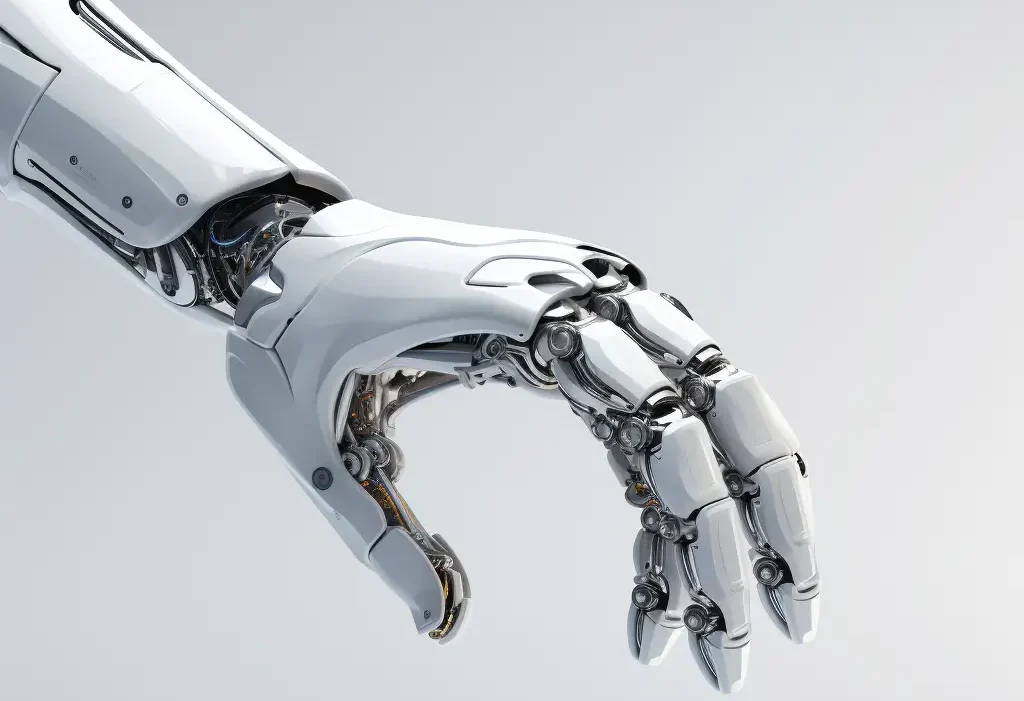Human-Machine Interaction / Haptics

Introduction
Haptics stimulate our sense of touch for communication between human and machine. Yet, haptics is not prioritized in our everyday devices, where the focus is on our sight and hearing for feedback and communication between devices and users. Advancing the haptics fields would greatly enhance our experience with devices, yet this requires smart materials capable of responsive behaviour.
What is happening now
Current efforts to produce haptic effects typically rely on the mature piezoelectric motor technology, with some unconventional systems using ultrasound. However, the resolution and practically of these technologies is insufficient for current applications.
Our Vision for our Research
Our current research is directed towards finding optimal liquid crystal chemistries to produce responsive thin-film surfaces with haptic effects.
Responsive Properties
The responsive dynamic surface properties of liquid crystals offers potential for communication between human and machine as a thin-film.
Haptic Effects
We aim to apply various stimuli to produce haptic effects on dynamic liquid crystal thin-films.
Communication
Our vision is to create haptic systems capable of communicating and receiving haptic feedback from users to establish another channel of communication between human and machine beyond sight and hearing.
Applications of our research
Artificially created sense of touch or tactile feedback is an area of haptic technology or kinesthetic communication. Demand for such technologies is appearing due to fast developments in robotics, remote control in medicine, virtual reality, and smart electronics.
Materials and devices for haptic application of such technologies as mechanical vibration, responsive polymers microelectromechanical system (MEMS), Peltier elements, lasers, ultrasound, pneumatics, air jets, surface acoustic waves, electrostatics etc.

Researchers
Meet the people working on this project. For any questions are inquiries contact them.



